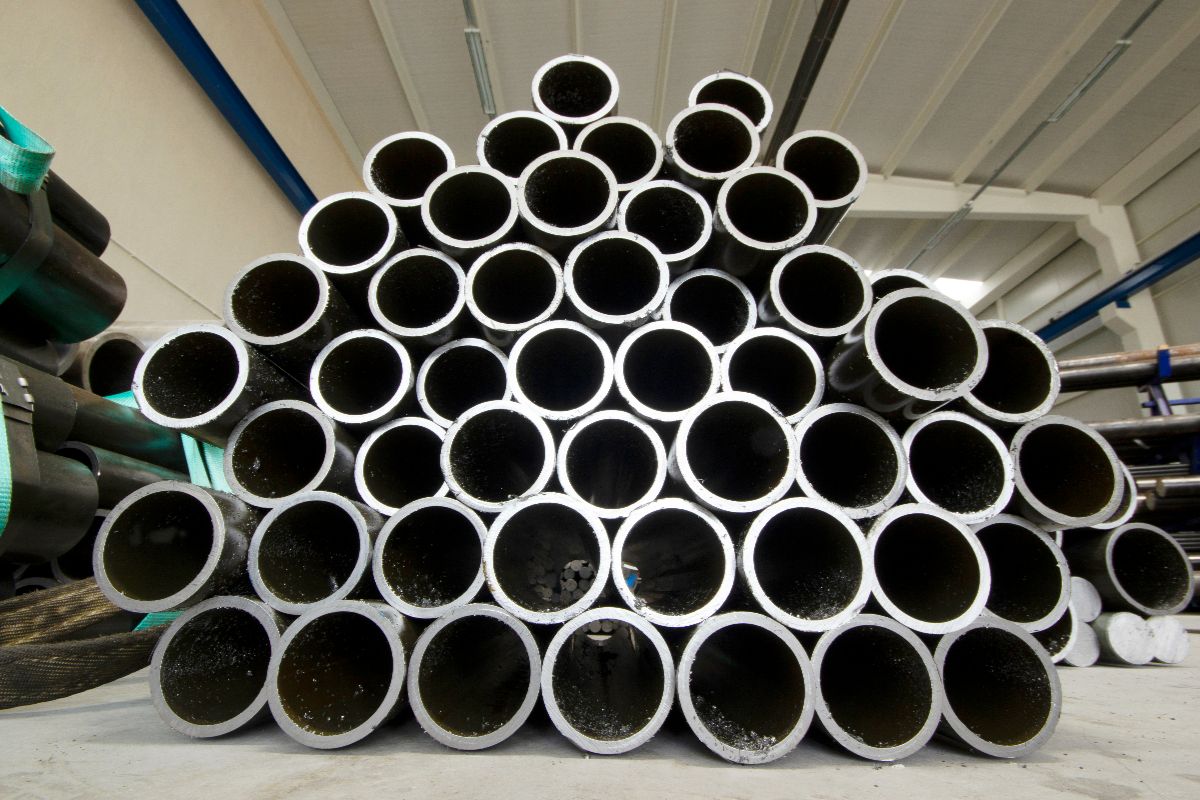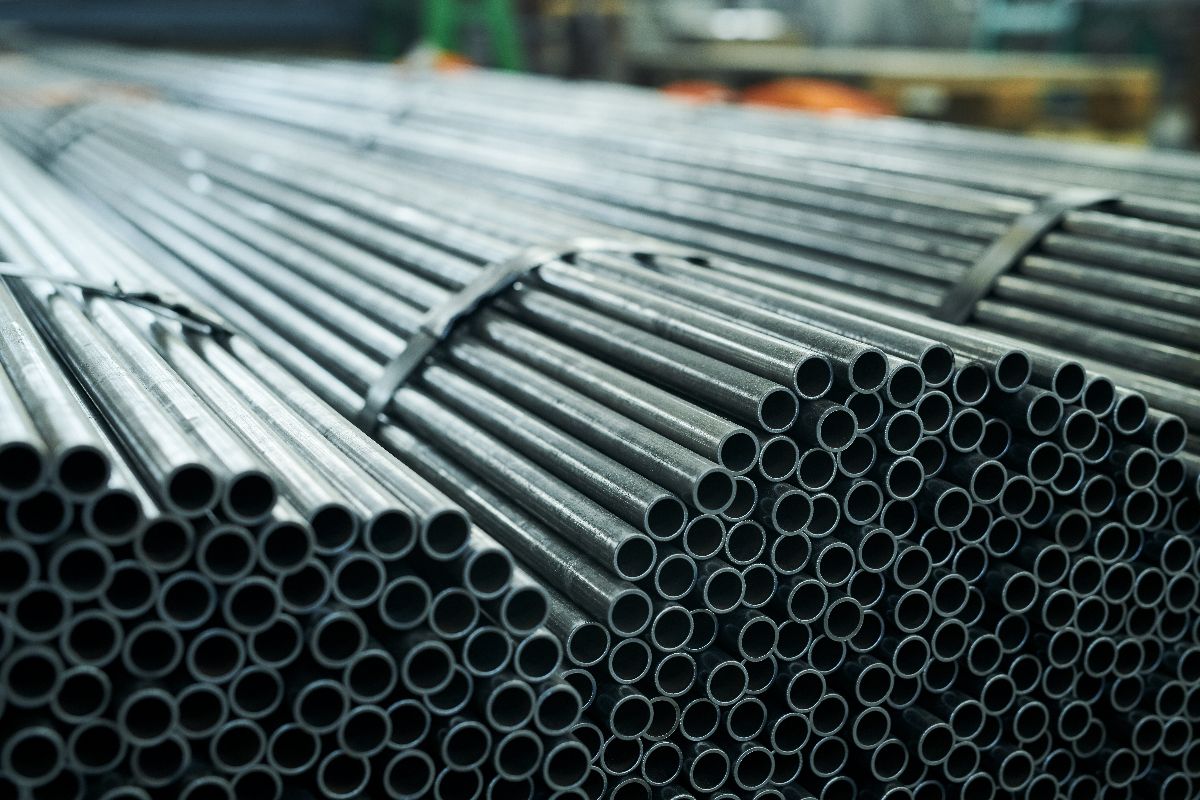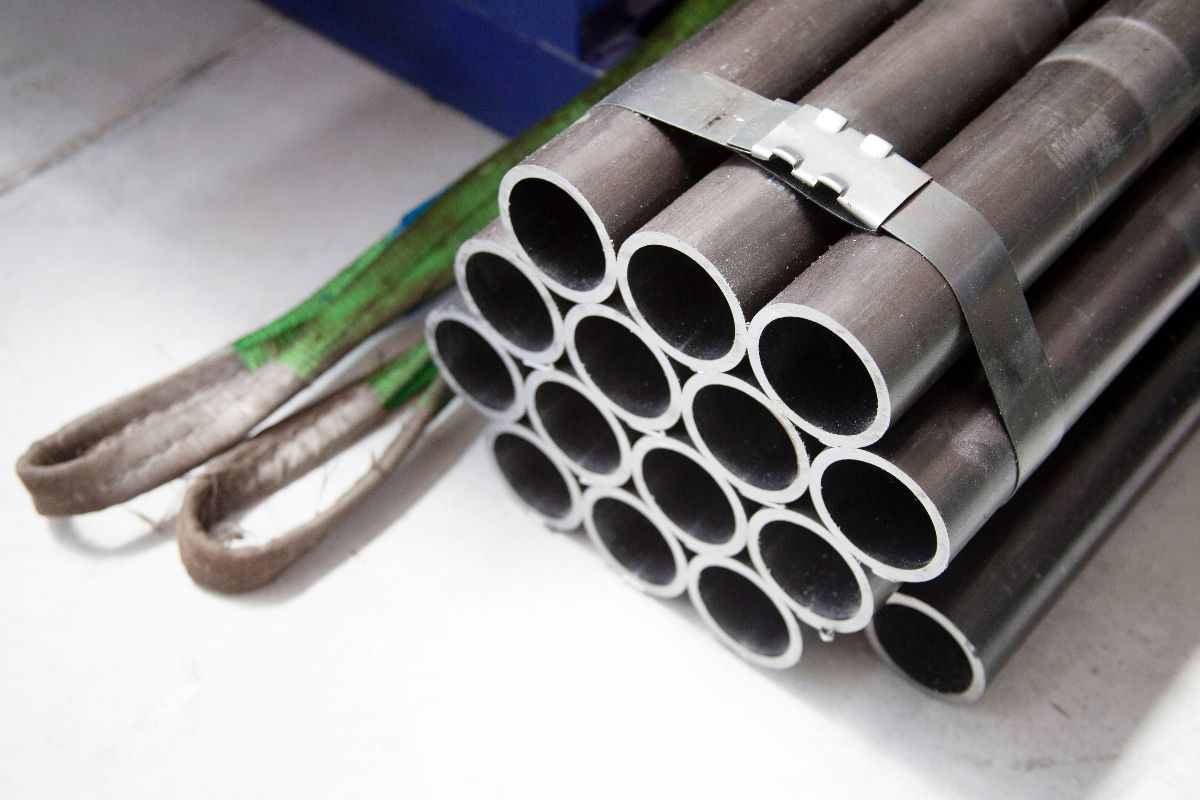
Why Galvanized Iron Pipe is Pricier in Rural Regions
Why are galvanized steel pricier in rural areas?
- Higher transportation and delivery costs
- Unpredictable supply chain disruptions
- Limited availability of local suppliers
- Fluctuating manufacturing and raw material costs
- Reduced market scale and distribution efficiency
Overview
- Galvanized iron (GI) pipes are pricier in rural Philippine areas due to higher transport costs and unpredictable supply chain disruptions.
- Limited local suppliers, fluctuating manufacturing costs, and reduced market scale also contribute significantly to these elevated prices outside urban centers.
- Buyers can mitigate these costs via coordinated procurement or strategic timing, while suppliers like Supreme Pipe aim for consistent nationwide pricing and delivery.
Galvanized iron (GI) pipes are a mainstay in both urban and rural construction in the Philippines. They are trusted for their durability, corrosion resistance, and long-term performance. From irrigation systems to structural frames, they support a wide range of essential buildings across the country.
However, project teams working in provincial areas often face a frustrating reality: steeper prices for the same materials. These cost gaps aren’t immediately visible but can affect everything from procurement to project pacing.
This article takes a closer look at why galvanized iron pipes are pricier in rural areas, and what those price differences mean for professionals managing builds outside city centers.
Higher Transportation and Delivery Costs
Moving galvanized iron pipes into rural areas comes at a premium. Longer distances, limited road access, and uneven infrastructure drive up fuel costs and vehicle wear.
Suppliers often factor the added time, effort, and logistical challenges directly into the final price per pipe—raising costs before the materials even reach the site.
For contractors and hardware stores operating outside urban hubs, this creates an unavoidable markup. Bulk orders hauled across provinces are slower but more expensive per kilometer, especially when deliveries require route detours or specialized handling.
These built-in transport costs become part of the baseline price rural buyers are forced to absorb.
Unpredictable Supply Chain Disruptions

Rural supply chains tend to operate on thinner margins and fewer options. When bad weather hits or a truck breaks down, there’s rarely a quick alternative in place.
Delays in restocking galvanized iron pipes can stretch for days, even weeks, especially when local distributors rely on just one or two upstream sources.
These emergency measures come with high premiums, while improper storage during delays adds risk and expense.
For rural builders trying to keep projects on schedule, even one delay can cascade into budget overruns—compounding the price gap between city and provincial supply.
Limited Availability of Local Suppliers
In rural areas, access to galvanized iron pipes often depends on a limited number of intermediaries. Without nearby hubs or major depots, local resellers become the primary link to urban-based distributors.
To cover their own sourcing and transport costs, these vendors frequently apply higher markups. This results in elevated prices for end buyers, even when demand is modest.
Smaller-scale contractors and property owners in the provinces also face limited leverage. With less volume and fewer options, they lack the bargaining power to negotiate discounts.
This means that even basic materials like GI pipes become more expensive per unit—an added challenge when every peso counts toward a tightly controlled project budget.
Fluctuating Manufacturing and Raw Material Costs

When global steel prices shift, the ripple effects are felt across the supply chain—but rural buyers often absorb the brunt.
Urban distributors usually have larger inventories and stronger supplier relationships, allowing them to hedge or delay passing cost increases down the line.
In contrast, smaller rural sellers operate on tighter margins and move stock in smaller volumes, leaving them little room to buffer sudden hikes in material or manufacturing costs.
This lack of insulation means that rural markets feel pricing volatility more immediately. Even small international price changes translate to noticeable retail increases in the provinces. This makes planning and budgeting for infrastructure projects significantly harder.
Reduced Market Scale and Distribution Efficiency
Urban suppliers benefit from a steady, high-volume flow of GI pipe orders that streamlines both storage and delivery. With predictable demand and efficient logistics networks, they can negotiate better rates, optimize distribution routes, and pass on savings to end buyers.
This is rarely found in rural areas, where order volumes are smaller, less frequent, and more scattered across hard-to-reach locations.
Due to this, rural dealers are unable to match the logistical efficiencies of their urban counterparts. Inventory costs are higher per unit, delivery routes are longer and less predictable, and procurement isn’t as consolidated.
These combined inefficiencies result in steeper prices for rural consumers on identical products.
How Do You Work Around these Added Costs?
For contractors and project leads in rural regions, higher GI pipe prices are a recurring barrier that can derail budgets or delay timelines. But even in low-scale markets, buyers are finding workarounds.
Coordinated procurement—whether through barangay-led projects, cooperatives, or pooled orders across multiple builds—can restore some bargaining power.
Suppliers with regional reach may also offer route-based deliveries that offset individual freight costs without compromising material quality.
Another lever is timing. Without the pressure of urgent replacements or last-minute builds, rural buyers have more room to monitor price shifts and coordinate cost-effective shipments.
Exploring alternative materials with the same structural integrity can also help, especially when locally stocked options are better supported by nearby supply networks.
Why is Supreme Pipe a Reliable Partner Across Locations
As an experienced supplier of GI pipes in the Philippines, we support projects in provincial towns, remote barangays, and growing rural hubs where delivery delays and price jumps are more common.
Our certifications reinforce trust in every shipment, while our pricing model is designed to remain stable regardless of location.
Our logistics team coordinates directly with resellers, cooperatives, and project leads to ensure pipes arrive on time.
By managing quality and delivery at scale, we help rural developers avoid the usual trade-offs: higher costs, inconsistent stock, or unreliable after-sales support.
Key Takeaway
Understanding why galvanized iron pipes are pricier in rural areas goes beyond short-term cost savings; it’s often the clearest indicator of how much control you’ll have over quality, delivery, and project momentum.
For reliable and affordable piping solutions, we at Supreme Pipe offer a wide range designed to fit your specific needs. Benefit from products that combine value and quality for every project. Contact us today to discuss your piping requirements or request a quote.


